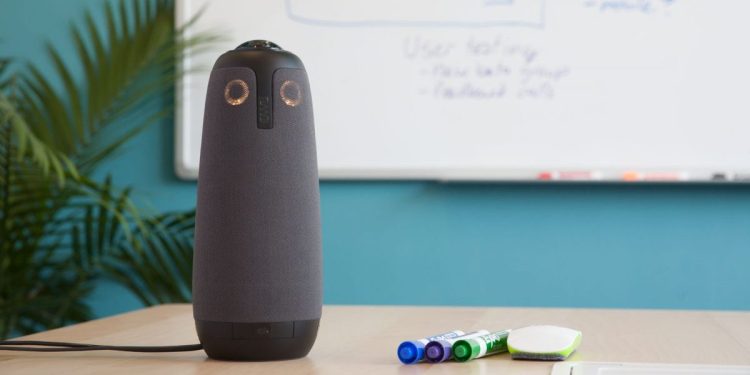When you look at a robot, what do you see? For those of us who cover technology, it’s a bunch of plastic, a coprocessor, and some software. We know the hard part of hardware design is getting the bot to do anything worthwhile. That’s why the idea of a plastic robot taking over the world or stealing jobs from American workers is a bit laughable. It’s hard enough trying to get a meeting robot to look at the right person when he or she talks. Taking over all janitorial duties at a hospital? Kind of seems like a stretch at this point.
As Tim O’Reilly noted in a recent post, there is some bad information out there. People think bots will replace, not augment, human jobs. They assume Amazon is killing jobs, rather than creating jobs, when it uses more robots. But the facts say otherwise. It’s a difficult conversation because many people don’t see the same piece of plastic and software I do. They see a humanoid, a device that has human characteristics, a threat to all we hold dear.
It’s not a Hollywood problem. We know sci-fi bots are all about machine guns and bad acting. The real fear is about handing over the keys (literally and figuratively) to bots. We fear what we don’t understand or don’t see. Bots act human; therefore, we think they will replace us.
This happens when more than you might think. For the past 16 months or so, I’ve used a chatbot to book all of my travel. There’s one called Mezi (I may have mentioned it a few times) that uses a combination of AI and human agents. It doesn’t really do anything that spectacular, but it’s hard to discern which parts of the bot are automated with AI (e.g., the flight and hotel search) and which parts involve a human (e.g., random chatting). It’s even harder to explain that a chatbot like this could create jobs. At face value, it seems like a chatbot like Mezi by design is supposed to replace a human. It’s a fill-in.
June 5th: The AI Audit in NYC
Join us next week in NYC to engage with top executive leaders, delving into strategies for auditing AI models to ensure fairness, optimal performance, and ethical compliance across diverse organizations. Secure your attendance for this exclusive invite-only event.
Yet we all know what it takes to actually have a bot like that and make it valuable. A human is writing the code and running the analytics. Another human is running the marketing campaign. The augmentation is about giving us roles that are more rewarding and add more value.
I’ve heard about AI software that will run at companies someday that can tell, on a daily basis, if you are not getting enough work done. It’s another good talking point. The goal isn’t to find the slackers and get them fired. The AI will make us more productive, possibly even help managers shift workers into roles that are less automated and require more brain power. It’s a good thing.
The AI in an office setting like that would find a way to reduce or even eliminate all of the mundane activities for humans, like generating a social media report. Why is that not a high-five moment? Do we like mundane activities? The social media manager can then go on a deeper dive and tweak the social media activity with all of that free time. Note that “tweaking the social media activity” is the fun part; the reporting is the part that’s sort of dull.
So, back to my meeting bot example. The product actually exists, but imagine what would happen if you had to do that with an actual phone. Someone, likely an office worker paid $20 an hour or more, would have to sit and move the camera each time someone talks. If you want a good picture of what job automation in the future will look like, think of that office worker moving a camera. What else could he or she do? How about participate in the meeting? Augmentation is a brilliant idea that frees up humans for higher-level work. It’s a bonus, not a cause for alarm.
Of course, this augmentation is materializing slowly. It’s not really here yet. People still run toll booths. They still clean carpets. Sorry. Someday, mundane tasks will go away. That’s the point when we’ll stop worrying about job replacement. We’ll look around and realize job augmentation can lead to working on more enjoyable tasks and rewarding careers.


